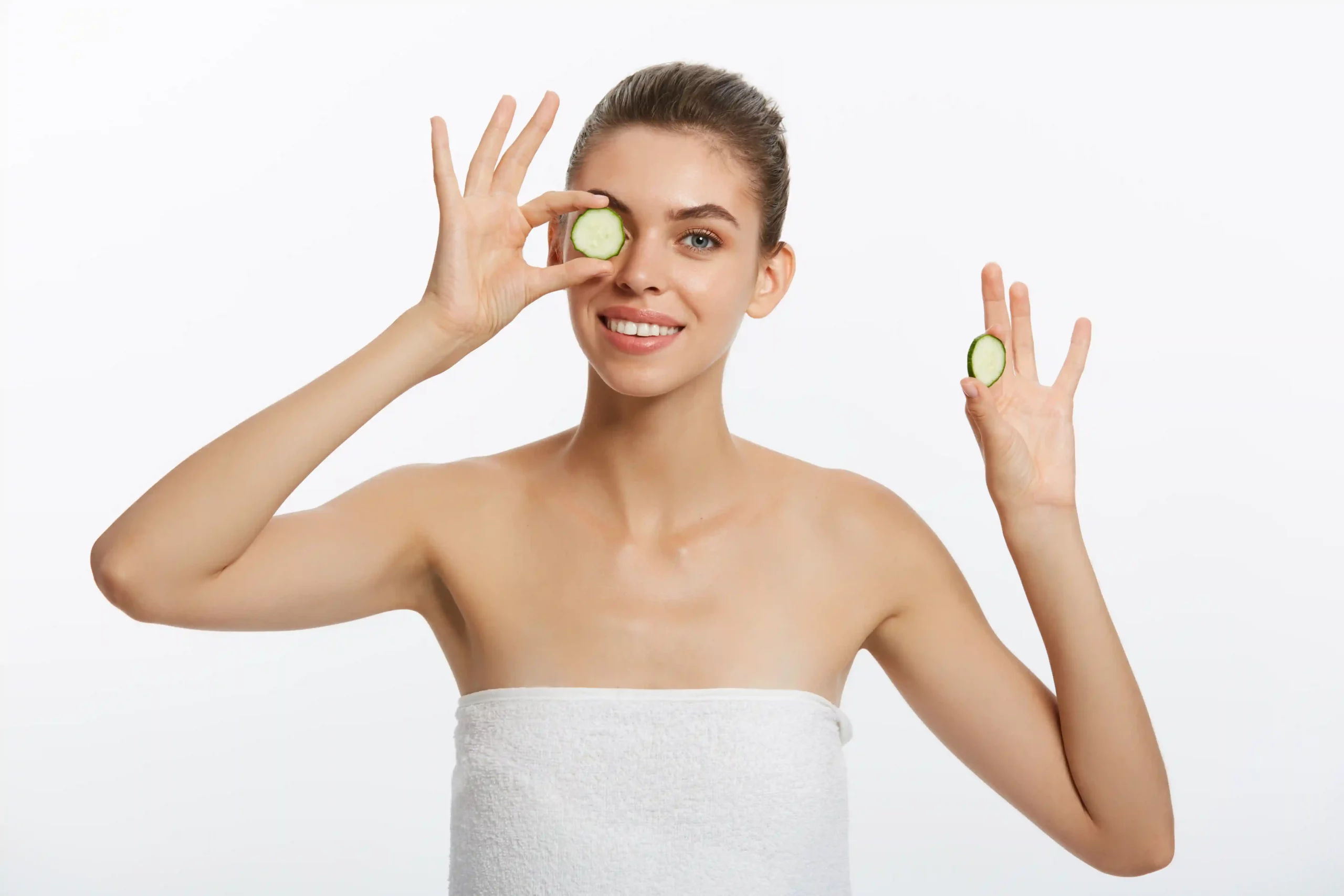Effective skincare routines and professional treatments

How do we understand our skin type and their care?
Our skin is an essential body organ and works as a protector. So, protecting our skin from sunlight and pollution is critical.
Therefore, people must consider a care routine to keep their skin clean and glowing. For this purpose, knowing our skin type is necessary.
All people have different skin types, and their routine care would be various.
So, initially, I realized the skin type for remedy was required. In the first step, we should identify our skin type.
But how could we understand it?
Here are some ways to identify our skin type:
- Visual examination:
By observing visual indicators on your skin, like shine, dryness, flakiness, or redness, you can determine your skin type. Oily skin typically exhibits a shiny appearance, particularly in the T-zone (forehead, nose, and chin), while dry skin often feels tight and displays a rough or flaky texture.
- Blotting Sheet Method:
Use a clean blotting paper and gently press it against different areas of your face. Hold the sheet to the light and observe how much oil is absorbed. You may have dry skin if the sheet shows little to no oil. If it is soaked in oil, you likely have oily skin. You may have combination skin if the T-zone shows more oil than other areas. Minimal oil from the T-zone and other areas may indicate normal skin.
- Bare Face Test:
Wash your face with a gentle cleanser and avoid applying any skincare products. After 30 minutes, observe your skin’s appearance. If it looks shiny, you might have oily skin, but your skin type will be dry if you don’t.
- Consult a Dermatologist:
If you still don’t know your skin type, it is better to refer to a dermatologist.
Now that you know your skin type, it’s time to start taking care of it and enjoy it.
skincare for different skin types
Skincare Routine for Normal Skin
Normal skin is the epitome of balance. It has a smooth texture and even tone and is neither too oily nor dry. People with normal skin rarely experience sensitivity or breakouts. To maintain normal skin, focus on simple skin protection with SPF.
- Cleansing: Normal skin should be cleaned twice daily, once in the morning and once at night. Using ordinary cleaners could be effective in getting rid of oil and pollution from your skin.
- Toning: Use an appropriate toner to balance and refresh your skin’s pH.(the toner should be alcohol-free)
- Moisturizing: Using a lightweight and non-greasy moisturizer that nourishes your skin is better to keep your skin moisturized.
- Sun protector: avoid standing under sunlight without unprotected sunscreen because it harms your skin. (use a sunscreen with a suitable SPF)
- Exfoliation: exfoliation could remove all skin’s dead cells, refresh and even lighten your skin
- Eye care: The skin around our eyes significantly differs from other areas. Therefore, we cannot use similar products for the eye area. There are specific creams available for these areas that help brighten them.
- Healthy lifestyle: Remember that skincare goes beyond external products. Drink plenty of water, consume a balanced diet of fruits and vegetables, prioritize sufficient sleep, and manage your stress levels effectively.
Skincare Routine for Acne-Prone Skin
When exposed to hormonal changes, pollution, intense sunlight, and other factors, skin prone to acne develops pimples, cysts, and inflammatory or non-inflammatory lesions.
Caring for acne-prone skin is more noteworthy. It’s essential to establish a proper skincare routine. Here is expert advice for acne-prone skin.
- Check product label: before buying any product, look for those that aren’t oily and any other ingredient that could cause acne.
- Cleansing: wash your face gently using suitable cleaners for acne-principal skin.
- Medication: if the acne on your skin is high, you might need a prescription. Don’t try to use drugs over and ask your doctor for the amount.
- Moisturizing: Despite having acne-prone skin, it’s essential to moisturize. Look for non-comedogenic, oil-free moisturizers to avoid exacerbating acne.
- Sun Protection: apply sunscreen to your daily routine to protect your skin from harmful damage.
Skincare Routine for Oily Skin
The skincare routine for oily skin is similar to that of normal skin, but one crucial point is that you should never try skin-drying products. This is because they only dry out your skin briefly, but in reality, they damage the skin.
Skincare Routine for Sensitive Skin
Sensitive skin requires a careful skincare routine and necessitates patch testing products, including skincare and cosmetic items, on a small skin area before use. If any sensitivity is observed, avoiding using that product is essential.
Skincare Routine for Dry Skin
The essential product for dry skin is moisturizing creams with ingredients such as argan oil and jojoba oil, which are very suitable for balancing dry skin.
Sometimes, trained specialists often perform advanced medical procedures for the treatment or even rejuvenation of the skin, specifically designed to address certain skin concerns.
Advanced and Professional Treatments
Oxygenating Treatment: Oxygenating treatments have benefits before special events or parties; you can pair these treatments with various facial enhancements, such as nourishing light enhancement, high-frequency treatment, anti-aging eye treatment, exfoliating lip, hand, or foot treatment, and neck treatment.
Chronobiology-based Skincare: Some professional skincare lines are based on chronobiology, which focuses on the biology of time and the skin’s natural rhythms. This treatment shows that skin approaches are different during the day and night, and its goal is to provide unique and efficient care for the skin.
Professional peels: Professional layering treatments are advanced treatments performed in beauty clinics to beautify and produce remarkable transformations on the skin. Specialized physicians perform all procedures related to this treatment.
Are facial treatments suitable for your skin?
Facials are a popular skin treatment that is typically recommended to be done in monthly sessions. One of the great benefits of this treatment is its ability to promote skin cell regeneration. By removing the skin’s outer layer, including dead cells, facials help to reveal a more transparent and glowing complexion.
For more information you can read about: From natural remedies to advanced lightening techniques
Current Trends and Recommendations
Chemical Skin Peels
Chemical skin peels involve:
- Apply a chemical solution to the skin to remove its top layers.
- Addressing imperfections like wrinkles.
- Discolored skin.
- Scars.
- Uneven skin tone.
There are three main types: superficial, medium, and deep peels, each with varying results and recovery times. When performed by qualified professionals, they are considered safe. Peels can reduce fine lines, wrinkles, acne, scars, and age spots and improve the skin’s overall appearance. Recovery may take two to three weeks for medium and deep peels.
Microdermabrasion
Microdermabrasion is a unique method for improving skin appearance by addressing scars, discoloration, and stretch marks. It helps to give the skin a fresh and renewed look. It can also make age spots, blackheads, and pigmentation spots look better. And it makes lines, wrinkles, and big pores less noticeable, so your skin feels smoother and better. People like it a lot because it helps with many skin problems and makes their skin look and feel better.
This method can stimulate the production of new cells and collagen. Collagen, promoting the skin’s repair. Safe for all skin colors, it typically requires no downtime. For best results, it may be repeated every three to four weeks.
Mesotherapy
Mesotherapy, a highly specialized and effective cosmetic treatment, involves health professionals injecting a mixture of compounds in small doses just under the skin. This treatment assists with various issues like hair loss and reducing wrinkles and fine lines.
Microneedling
Microneedling involves puncturing the skin with thread needles and is considered a minimally invasive technique for skin treatment. This process stimulates the skin cells to produce new cells and collagen, and it can eliminate acne scars, surgical scars, acne marks, and skin blemishes.
Dermaplaning
In the dermaplaning method, exfoliate the skin and remove excess hair using a surgical scalpel or a dermaplaning blade.
The results of dermaplaning are not permanent, and you must repeat the procedure after a certain period. Additionally, you can perform dermaplaning on all face and neck areas.
Led–Low Level Light Therapy
In this non-invasive light therapy, specific wavelengths of light are applied to the skin to treat various skin conditions. These lights do not generate heat or harm the skin; they only stimulate the skin cells for regeneration.
Conclusion
The skincare process has always been a lengthy one and cannot be achieved overnight. If you have mild skin injuries, you can treat them with home and daily care, but if your skin has serious injuries like scars and burns, doctors can perform professional treatments under their supervision.
